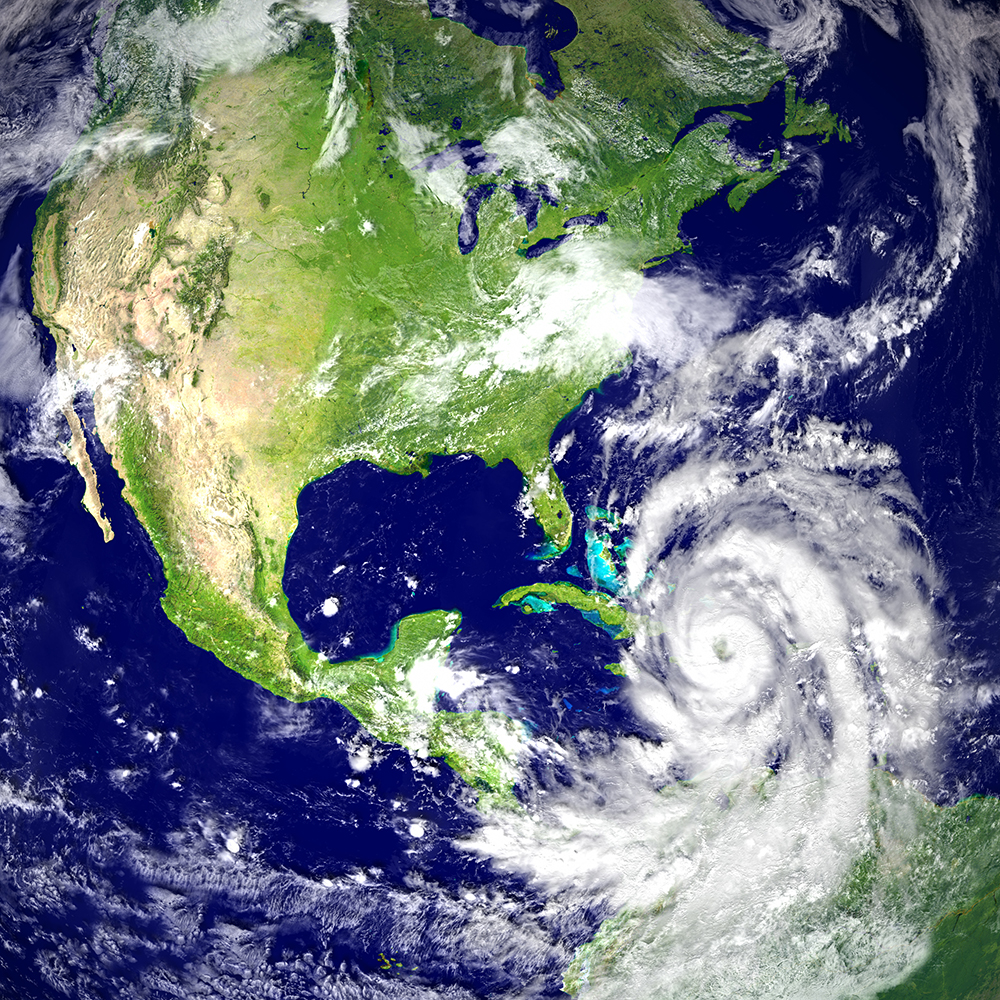
A recent study focusing on hurricanes from three million years ago may be a good indicator of future storms.
Researchers may be able to forecast future storms by harkening back more than 3 million years ago.
Robert Korty, associate professor in the Department of Atmospheric Sciences at Texas A&M University, led a team that included colleagues from China, Norway and the University of Wisconsin in a study of hurricanes from the Pliocene era, which had similar climate to today’s Earth. The study focused on how the intensity of storms grew as the climate became warmer.
“The Pliocene had warmer temperatures than we have now, so contrasting how hurricanes behave in these simulations with the way they do in the modern climate is helpful to see what effects warming can have,” Korty said in an exclusive interview with R&D Magazine. “We saw the average peak intensity rise with warming, which is something that many others have seen in simulations of warm periods.
“Here we also saw that tropical cyclones became stronger at higher latitudes than they do in the modern world.”
The Pliocene era was ultimately chosen because it is believed to be the last time the Earth had as much carbon dioxide as it does now. Another reason is because the era seemed to experience a climate warming, which could play a major role in storm formation and intensity.
The research team found an increase in the average intensity during the period, with storms most often moving into higher latitudes.
Korty said there is some similarities between the Pliocene era and recent years.
“There is some evidence that something similar has been happening over the last several decades, as the average location where storms reach their peak intensity has shifted slightly but the signal in the modern world remains small and is difficult to isolate from everything else,” he said. “Simulating hot periods from the geologic past has proven a useful way for us to see some of the changes that come from warming more clearly.”
While it is widely known that the waters were relatively warm during the Pliocene era, it is uncertain exactly where they were the warmest. However, the study found that the increase in average intensity and in the poleward expansion occurred regardless of where the greatest change in temperatures occurred in the Pliocene.
Korty said the numbers forecast that more intense storms may be on the horizon.
“Regardless of what changes happen to hurricanes over the coming decades, storms like Katrina, Sandy, and Irene are likely to have increasingly large effects along the coast, as population has grown and sea levels creep up,” he said.
The study was published in the Proceedings of the National Academy of Sciences. The research was funded by the National Science Foundation.
Editors Note: The 2016 R&D 100 Conference is kicking off in Washington D.C. today. We’ll be featuring highlights and interviews of the event so stay tuned for more updates over the next three days!




